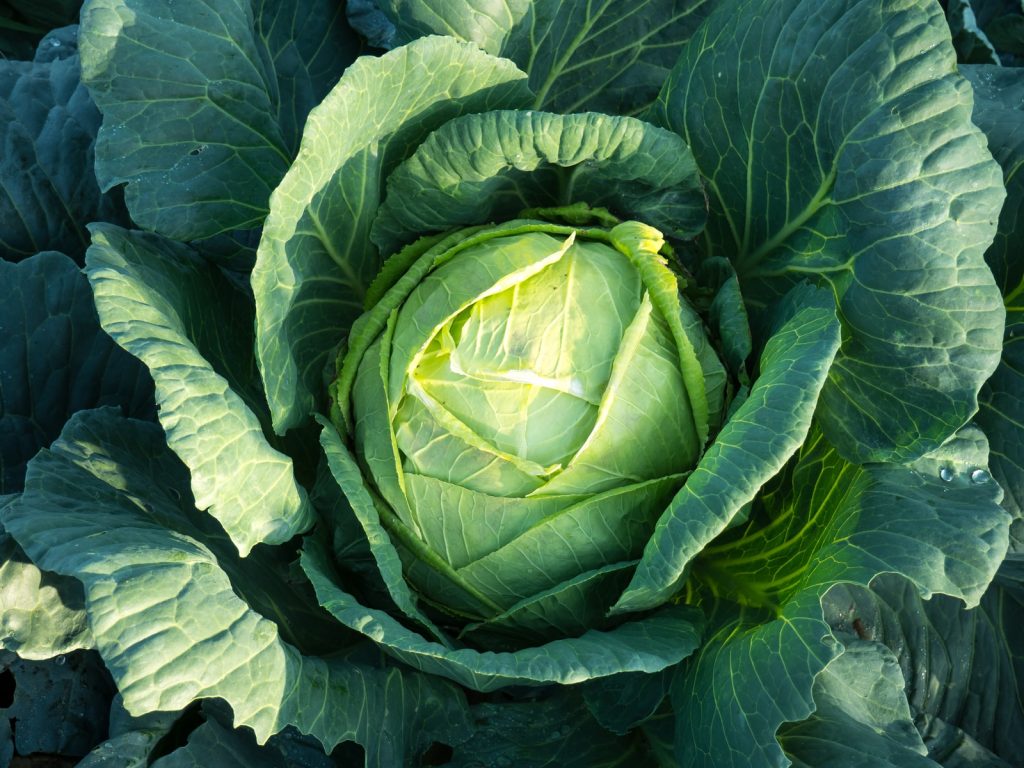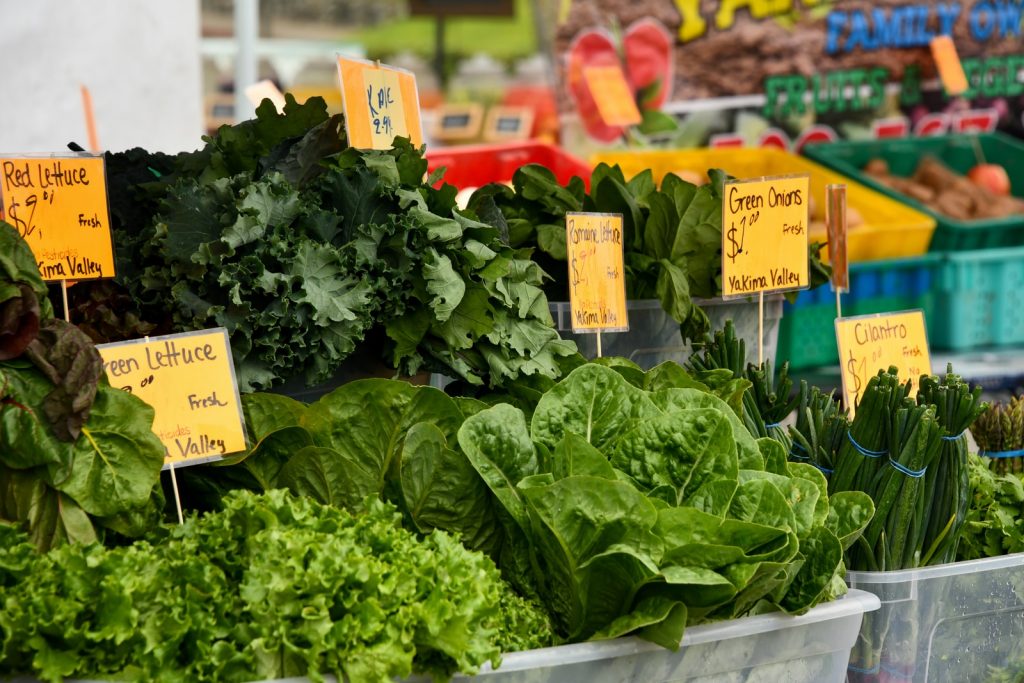Lettuce is a daisy-like annual plant in the Asteraceae family. It is commonly grown as a leaf vegetable, although its stem and seeds are also harvested. Lettuce is most widely associated with salads, although it can also be found in soups, sandwiches, and wraps; it can also be grilled. It contains fibre, iron, folate, and vitamin C. Lettuce also includes several other health-promoting bioactive chemicals. The bioactive chemicals in Lettuce have been proven to have anti-inflammatory, cholesterol-lowering, and anti-diabetic properties in vitro and animal investigationsLettuces are greens that are commonly used in salads. There are hundreds of different lettuce kinds, most of which are green and leafy and range from purple-red to a pale green that is practically white. Crisp and refreshing to creamy and velvety textures can also be found. Although most lettuces have a moderate flavour, some are pepperier than others. Lettuce is classed based on how its head is shaped: looseleaf lettuces (also known as cutting lettuces) have a small authority. Oakleaf lettuces, for example, are a mix of soft, thin leaves that range from notched and scalloped to frilly and fluffy.
Some alternatives to Lettuce
Table of Contents

Lettuce is used in various salads, sandwiches, and other dishes, but it is not inexpensive. You can use spinach or Indian salad Patta, both high in nutrients and have a similar flavour in a salad. Tear the leaves instead of cutting them. Spinach is high in vitamins such as vitamin A, E, C, B2, B6, and others; however, it is low in calories.
1. Jalapeno– Jalapeno is a mildly spicy vegetable that fits well in sandwiches and is a popular pizza topping for many.
2. Cabbage – Cabbage makes an excellent alternative to Lettuce. The cabbage does quite well in salads as long as you don’t overwhelm the more subtle tastes of the other ingredients. If you do use the coarser ones, slicing them finely. Red cabbages certainly look attractive. Savoy and different drumhead varieties are suitable in coleslaw, but even looseleaf kinds can be used in moderation in salads. Cabbages need moderately alkaline soil (6-7.5 pH), and in most districts, netting will be required to keep pest damage down. In my area, pigeons are very fond of cabbage. Of all the alternatives to Lettuce, it has perhaps the most extraordinary claims as a healthy food. It has some beautiful antioxidant qualities and is seen as a preventative against cancer.
3. Chinese cabbage– is replaced with spinach once more. Cut them up with a knife and toss them into salads. It will taste the same once the herbs and other seasonings are applied. Spinach protects you from free radical.
4. Corn Salad or Lamb’s Lettuce– These are pretty rich-tasting in addition to salads. They are a little easy to grow – similar to Lettuce. They are just giving them plenty of space 10-15cms between plants. They’re sown in spring and right through to autumn. They do tend to bolt in warm weather.
5. Endives– Endives are another tasty and easy-to-grow crop. When eaten in moderation, they can be a decent substitute for Lettuce. Endives are popular in Europe, although they’re harder to come by in UK supermarkets and grocers. Chicory has a close relation to them. Some of them resemble frilly lettuces. Because they are slightly bitterer than regular Lettuce, you may not want to use them to dominate your green salads. They are, nevertheless, a valuable addition to the salad bar. Endives, especially broad-leaf varieties, are cold-tolerant. You may wish to blanch them to avoid introducing too much bitterness.
6. Parsley– Coriander or dhania stems and parsley sprigs have a similar flavour and appearance. They can be used as a garnish on foods. Both of these have antioxidant qualities that protect our cells from free radical harm. They also protect against a variety of illnesses and help to slow down the ageing process.
7. Broccoli– Cauliflower can be substituted for broccoli because they are cruciferous vegetables from the same family. They go well in several meals, including bakes, soups, and salads.
8. Couscous– Broken wheat or whole barley seeds soaked in water can be used instead of couscous in dishes. Broken wheat is rich in fibre and a good source of iron, phosphorous, vitamins, minerals, etc. It is also suitable for people with diabetes.
Growing problems
Many lettuce kinds thrive in the early part of the year when the weather is more relaxed but still warm and long. However, your prized lettuce harvest will bolt in the middle of summer or during any unseasonably hot time. When Lettuce begins to bolt, the taste becomes bitter, and the leaves become brittle and chewy. On the other hand, many lettuce cultivars stop growing and wait out in the winter. That is, assuming they don’t succumb to the cold or get knocked around by the wind and are harmed. In November, you can see these crispheads growing. They grew big enough to consume by April after surviving this year’s relatively mild circumstances.
Salad dishes without Lettuce
1. Peach, Heirloom Tomato, and Burrata Salad
2. Roasted Beet, Feta, Orange and Pistachio Salad With Olives
3. Grilled Corn Zucchini Salad With Sun-Dried Tomato Vinaigrette
4. Southwest Roasted Potato Salad
5. Antipasto Salad
6. Smoky Eggplant and Tomato Salad
7. Carrot Raisin Salad
8. Caprese Orzo Salad
Conclusion: All of the salad mentioned above plants are excellent lettuce substitutes, and they can also complement Lettuce in salads. Regardless of how you use them, they certainly add some variation!
Any of the components mentioned above, thrown together in an elegant salad dish with a bit of salad oil, can look fantastic. It’s up to you to decide which lettuce substitutes are the finest.
There are also a variety of wild species that can be used in salads. They won’t be able to replace Lettuce completely, but they can be a valuable supplement.
